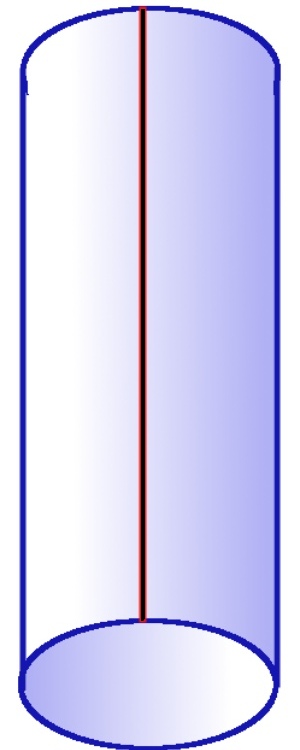Extra dimensions and mini black holes
The idea of referring to a higher number of spatial dimensions in order to give an intuitive understanding of complicated interrelations has a long history.

An early example in philosophy is Plato's allegory of the cave.
In physics an extra dimension was introduced in the early 20th century by in 1921 revealing to an unexpected connection between equations of gravitation in extra dimensions and electromagnetism in four dimensions. This idea has reappeared in various forms including recent observations that extra dimensional models have the potential of giving a simple and intuitive explanation for the. Those models have in common that the extra dimensions are be hidden by obeying special boundary conditions ( or).

Our research group dedicates its work to verify or falsify such models with so called large extra dimensions, by using the experimental results obtained by the Atlas detector at the large hadron collider. Here we focus on the conjectured production of mini black holes and excited states (Kaluza Klein states) of standard matter.